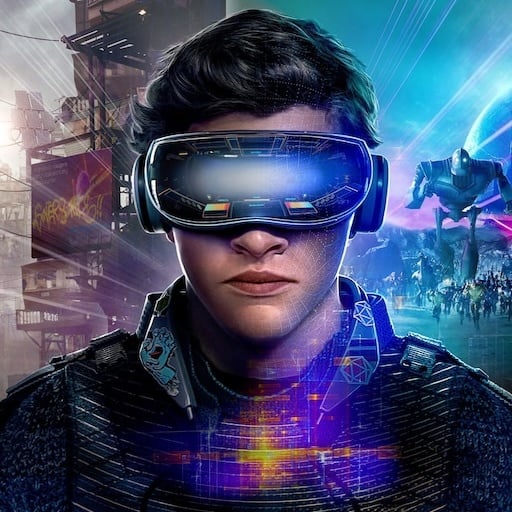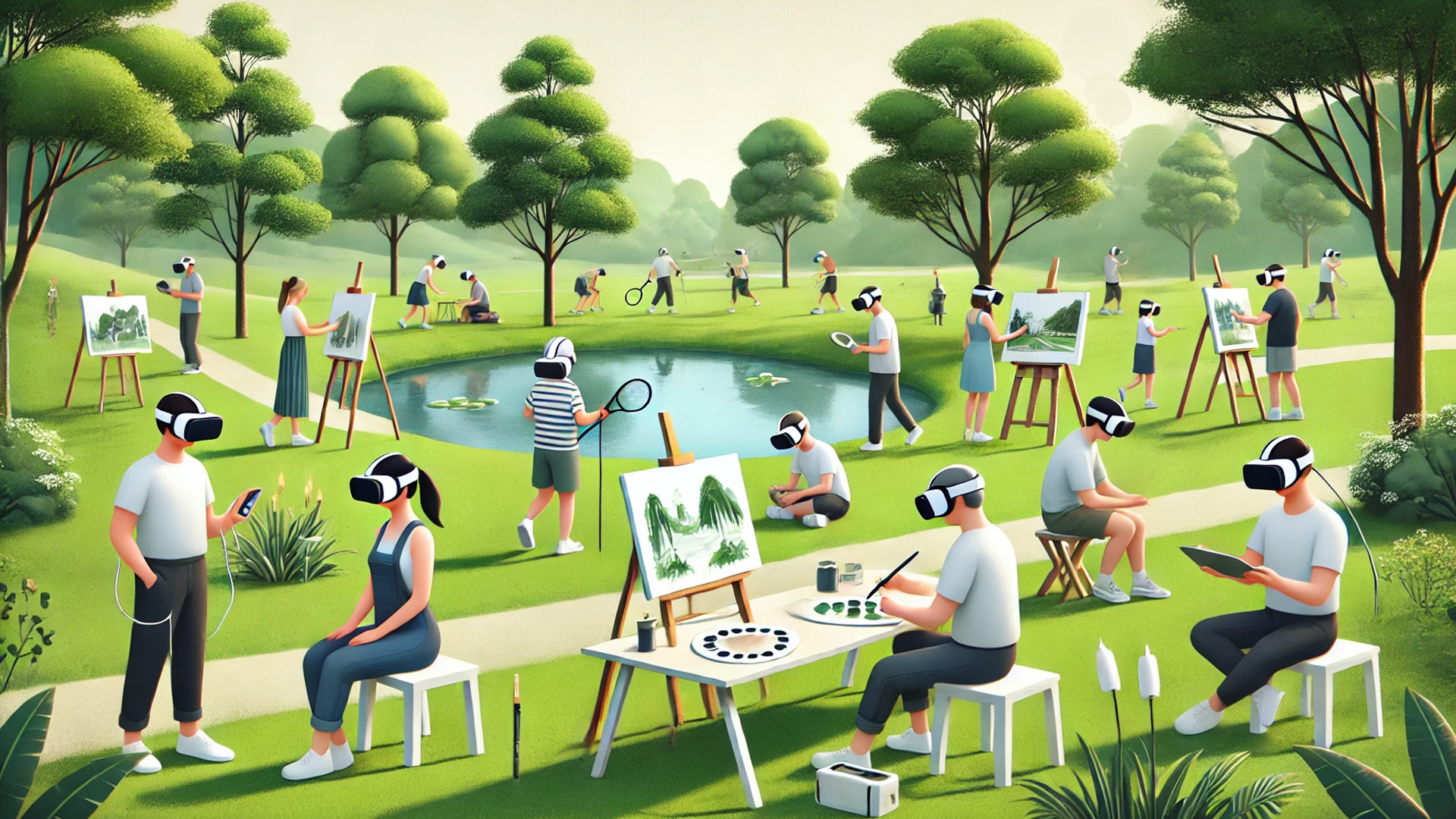Let’s first take a look at where virtual reality is today.
Meta has sold well over 20 million Quest units, but the more important question is how many people are using the devices on a regular basis. The VR platform had about 6 million monthly active users in October 2022, according to a Wall Street Journal report, though more recent numbers aren’t available.
It is doubtful that the number of active users has reached ten million or more, but even if it has, it shows that virtual reality is still far from being a technology that many people use actively, especially outside its largest market, the United States.
What does mass adoption actually mean?
The question, of course, is how do we define mass adoption? Are we talking about 50, 100, 500 million active users, or even something on the order of smartphones? The answer would be different for each of those numbers.
I don’t want to commit to a specific number, so I’ll put it this way: VR will be adopted by the masses when it is useful in people’s everyday lives and outperforms other technological devices in terms of usefulness, rather than being primarily entertainment.
Meta Quest does not do this yet. Currently, the most popular uses for the headset are gaming, social, and fitness. Games are entertainment. While the latter two applications can be considered useful in a strict sense, there are numerous alternatives to VR headsets. The added value of VR is not great enough for the masses to be social or exercise primarily in VR headsets.
VR headsets need to become full-fledged computers
I believe that VR headsets will not be ready for mass adoption until they mature into lightweight, easy-to-use, general-purpose computers that allow you to do your work more efficiently than other computers.
Meta Quest and Apple Vision Pro are still a long way off. The devices must be significantly lighter and smaller (ideally less than 150 grams), provide a flawless view of the physical world, and establish an entirely new input paradigm that can replace touch input as well as mouse and keyboard.
If we look at where we are today, it is clear that we are only at the beginning of VR’s evolution, and I would imagine that true AR glasses could achieve these critical features sooner than VR headsets, but we’ll have to see.
Finally, I’d like to say that I don’t think it’s necessarily a bad thing if VR headsets don’t reach mass adoption, at least not to the extent that the majority of people use them on a daily basis. They can be a successful product and enrich the lives of many people without becoming the next big computing platform.
At the moment, the market is not there yet and is too dependent on Meta, but I hope that will slowly change over the next decade.



I like that the success of VR was acknowledged as a pretty arbitrary benchmark.
For me, it means being able to hop on games and join a robust multiplayer community that doesnt “need your support”… its just available. But im obviously talking about gaming exclusively.
I dont think theres going to be a lot of overlap between gaming and augmented reality for everyday use due to hardware limitation versus form factor. Glasses wearers wont be able to run games well, and gaming hmds wont be comfortable/fashionable enough to wear around. If this is ever possible it wont be in the foreseeable future. They seem like very different markets with different expectations of a product.
VR gaming needs to get more comfortable, faster/seamless/glitch free loading screens, and compelling/engaging content.
When VR gaming can offer better long term experiences than beat saber and gorilla tag… something that engages long term (progression) and combines the social experience then people will buy headsets for that game and standalone VR gaming will be more than an experiment.
Its frustrating that such a game is possible but hasnt been done yet.
It is exciting to see how powerful self contained headsets are becoming. It is my opinion the future will be self contained with full body trackers included.
I would hope that PCVR would at least be merged with the standalone population and their experience enhanced with more computing power as possible. But yeah the demanding native PCVR games might only exist with merged flatscreen populations (simulators), be a singleplayer experience, or cease to have a multiplayer population when/if standalones mature and dominate the market.
But everyday devices like glasses wont be used for games. And standalone gaming hmds will always be balancing between processing power and form factor (weight/size) because we will always want to push the performance boundary.
I would love to concede to standalone device for the user population benefit if there was a computing puck or something that wirelessly transmitted to a very lightweight hmd… i dont like wearing a computer when it could be lighter.